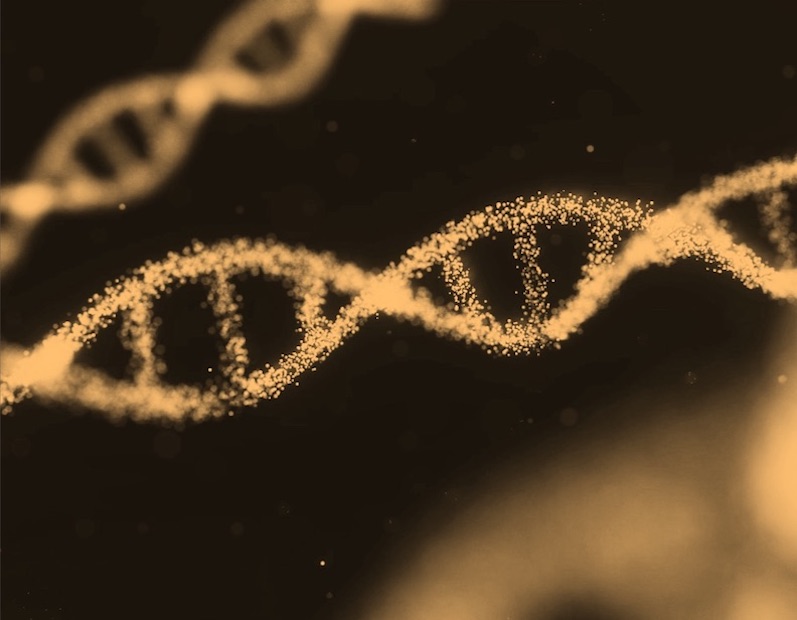What is it about?
Intrusion detection system (IDS) is a robust model that plays an essential role in dealing with intrusion detection, especially in detecting abnormal anomalies and unknown attacks. The major challenges faced by IDS are the computation time required for analysis, and the exchange of a huge amount of data from one division of the network to another. For the sake of tackling such limitations, this probe proposes a multi-agent enabled IDS for detecting intrusions using the Bat Sea Lion Optimization (BSLnO) algorithm. The proposed strategy consists of five phases, namely pre-processor agent, reducer agent, augmentation agent, classifier agent, and decision agent. Initially, input data is subjected to pre-processor agent, where pre-processing is carried out using data normalization and missing value imputation. Thereafter, the pre-processed result is fed up to the reducer agent, where dimension reduction is carried out using mutual information. The third step is data augmentation in which the dimensionality of data is enhanced. After that, the augmented result is subjected to classifier agent to classify intrusions or malicious activities present in the network based on hybrid deep learning strategies, namely deep maxout network and deep residual network. A developed BSLnO is implemented by incorporating Bat Algorithm (BA) and Sea Lion Optimization (SLnO) algorithm to train the hybrid classifier. The proposed scheme has acquired a higher precision of 0.936, recall of 0.904, and F-measure of 0.920.
Featured Image
Why is it important?
Traditional IDS systems often face challenges related to computational time and data exchange within the network. By proposing a multi-agent approach and integrating the BSLnO algorithm, this research aims to address these limitations, potentially improving the efficiency and effectiveness of intrusion detection. The proposed strategy involves multiple phases, each addressing different aspects of intrusion detection, including data preprocessing, dimension reduction, data augmentation, classification, and decision-making. This comprehensive approach showcases innovation in IDS design, aiming for more accurate and timely detection of intrusions.
Perspectives
IDS plays a crucial role in safeguarding computer networks by detecting abnormal activities and potential intrusions. As cyber threats become more sophisticated, IDS systems must continually evolve to effectively identify and mitigate security breaches. Traditional IDS systems face challenges related to computational complexity and the transmission of large volumes of network data. Addressing these challenges requires innovative approaches that optimize processing efficiency and reduce data exchange overhead.
Balajee Maram
SR University
Read the Original
This page is a summary of: BSLnO: Multi‐agent based distributed intrusion detection system using Bat Sea Lion Optimization‐based hybrid deep learning approach, International Journal of Adaptive Control and Signal Processing, May 2022, Wiley,
DOI: 10.1002/acs.3427.
You can read the full text:
Contributors
The following have contributed to this page







